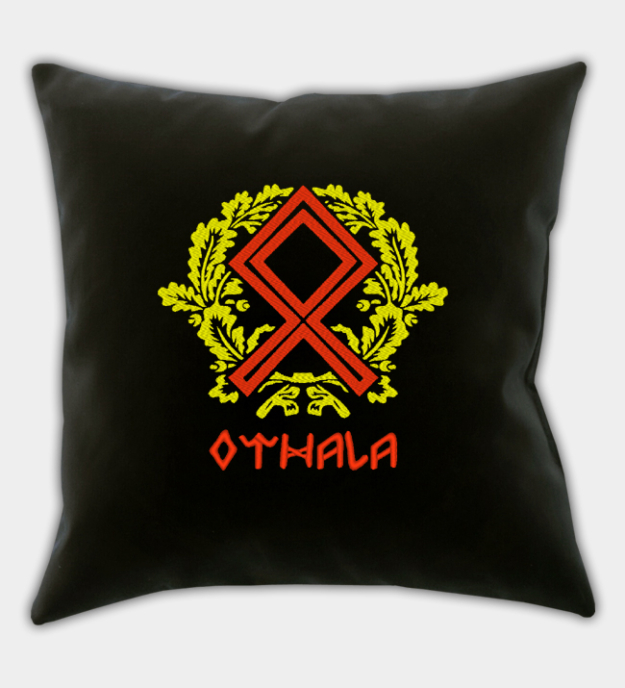Back to T-Shirts & Polo Shirts
Related Products

54,90 € Select options This product has multiple variants. The options may be chosen on the product page

37,90 € Select options This product has multiple variants. The options may be chosen on the product page

37,90 € Select options This product has multiple variants. The options may be chosen on the product page

Odin’s Wolves Embroidered Throw Pillow Cover
It's a cover! The inner pillow is NOT included.

43,90 € Select options This product has multiple variants. The options may be chosen on the product page

29,90 € Select options This product has multiple variants. The options may be chosen on the product page

Othala Rune Embroidered Throw Pillow Cover
It's a cover! The inner pillow is NOT included.

74,90 € Select options This product has multiple variants. The options may be chosen on the product page

54,90 € Select options This product has multiple variants. The options may be chosen on the product page

Viking Dragon Ship Embroidered Throw Pillow Cover
It's a cover! The inner pillow is NOT included.

Mjolnir Embroidered Throw Pillow Cover
It's a cover! The inner pillow is NOT included.

32,90 € Select options This product has multiple variants. The options may be chosen on the product page

37,90 € Select options This product has multiple variants. The options may be chosen on the product page

74,90 € Select options This product has multiple variants. The options may be chosen on the product page

54,90 € Select options This product has multiple variants. The options may be chosen on the product page

74,90 € Select options This product has multiple variants. The options may be chosen on the product page





